With classrooms reopening into a more complex and politicized environment, educators are being urged to “put on their own oxygen masks first.” In a new guidance piece, longtime school leader Michael Gaskell argues that teacher well-being is inseparable from student success and outlines seven concrete practices—paired with smarter professional development—that schools can deploy immediately to reduce stress and stave off burnout.
Why it matters
Teachers spend more time with students than any adults outside the home. Since the pandemic, many still encounter anxiety, grief, and trauma in their classrooms—needs traditionally referred to counselors but now often surfacing daily in instruction. When teachers don’t have tools to manage their own stress, the quality of support for students declines. Protecting teacher mental health, Gaskell contends, is therefore a precondition for academic progress and a stable school climate.
What’s new: PD that serves students and staff
The article calls for professional development (PD) that equips educators to support traumatized students and addresses staff wellness head-on. Effective PD, it says, should be:
- Problem-based and local: tailored to a school’s real challenges, not generic slide decks.
- Adaptable and participatory: shaped by teacher input.
- Practical and timely: tools educators can use the same week.
- Collaborative and engaging: building ownership among faculty.
Formats like Edcamps (teacher-driven unconferences) and short, need-specific pop-up PD sessions are highlighted as ways to shift the mindset from “how students should be” to “what students are presenting now,” enabling more flexible support.
The Seven Strategies, Explained
1) The Weekend Disconnect
What: Pick one day each weekend to go screen-free.
Why: Breaking the constant feedback loop reduces stress, restores attention, and models healthy boundaries.
How to start: Add an autoresponder, set phone focus mode, tell colleagues and families you’ll be offline—and debrief the benefits with your team on Monday.
2) Outsmart Social Media (and AI) Misinformation
What: Don’t wade into online skirmishes yourself.
Why: Engagement fuels stress and amplifies falsehoods.
How to start: Enlist trusted parents or community partners to share short, factual clarifications when rumors or AI-generated “hallucinations” circulate. This builds trust while conserving staff time and energy.
3) Micro-Doses of Music Therapy
What: Use calming, slow-tempo tracks (“spa” or classical) as a five-minute reset.
Why: Brief listening sessions can lower anxiety and steady physiology; advocates often point to tracks like “Weightless” as especially effective.
How to start: Keep earbuds handy; schedule two music breaks into your day (prep and lunch).
4) Make Space for Deep Work
What: Block uninterrupted time for cognitively demanding tasks.
Why: Focused work boosts creativity and a sense of accomplishment, countering the drain of reactive, shallow tasks.
How to start: Reserve morning blocks when the prefrontal cortex is most active; pair with a five-minute “movement primer” (hallway loop or walk-and-talk) to increase blood flow and sharpen focus.
5) Stop the Comparison Trap
What: Limit toxic scrolls and reframe the day with reflection prompts.
Why: “Comparison is the thief of joy,” the piece reminds readers. Replacing a have-not mindset with “What did I learn today?” or “What am I grateful for?” supports resilience.
How to start: Tie the reflection to existing routines—final bell or dismissal duty.
6) Use Breathing to Downshift Stress
What: Practice controlled breathing (e.g., the 4-7-8 method).
Why: Slow, patterned breaths reduce heart rate and stabilize blood pressure—a “natural tranquilizer for the nervous system.”
How to start: Teach the technique at a staff meeting; post a one-line prompt on classroom computers: “Breathe 4-7-8 x3.”
7) Design for Flow
What: Cultivate conditions for deep absorption in meaningful tasks.
Why: Flow states correlate with high performance and well-being.
How to start: Stack the habits above—distraction-free blocks, brief movement, breathing resets, and reflection—to make flow more likely during planning and instruction.
What readers want to know
How can my school implement this without new funding?
Start with schedule and norms: add two five-minute wellness micro-breaks per day, protect one deep-work block per teacher each morning, and formalize a weekend digital boundary. Build short pop-up PD tied to current student needs rather than full-day workshops.
Does this replace counseling or SEL programs?
No. The guidance complements student-facing supports by stabilizing the adults delivering them.
What about misinformation hitting our community groups?
Pick a small “rapid response” team of trusted parents/community members. Provide them with short, accurate statements from the school; they post and monitor, freeing educators from online disputes.
Is there a role for AI?
The piece closes by pointing to opportunities to optimize PD with AI—for example, curating bite-sized learning aligned to teacher goals—and to model lifelong learning for staff and students. Any AI use should prioritize accuracy, bias checks, and staff consent.
Background
Gaskell, drawing on three decades in education, argues the job has become more demanding and politicized. Many teachers remain uneasy addressing post-COVID student anxiety and trauma, yet they are the first responders in classrooms. The “oxygen mask” analogy underpins the message: adults must stabilize themselves to be fully present for children.
What’s next
Schools heading into the new year can pilot a 30-day wellness plan: codify weekend device boundaries, schedule daily micro-breaks, launch two pop-up PDs on trauma-informed practice and staff self-care, and create a parent-partner misinformation response. Collect quick pulse data at Day 15 and Day 30 to refine.
The bottom line
Teacher wellness isn’t a luxury or a perk—it’s core infrastructure for learning. Stack small, practical habits; modernize PD; enlist community partners; and build conditions for focus and flow. When educators are well, classrooms are calmer, instruction is stronger, and students benefit first.

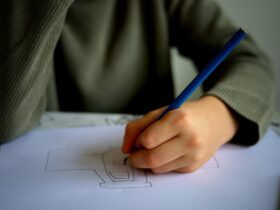



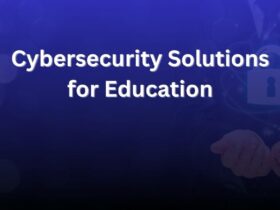
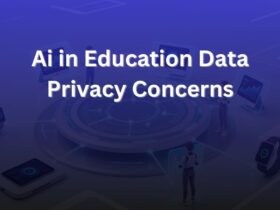
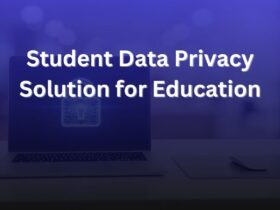





















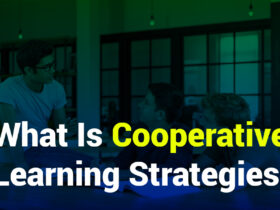







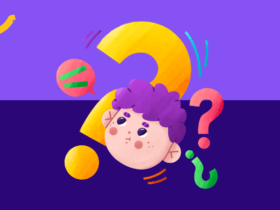



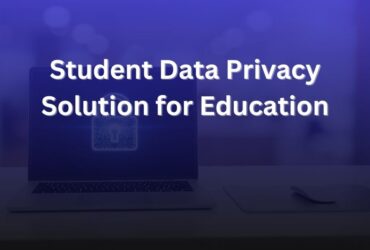


Leave a Reply